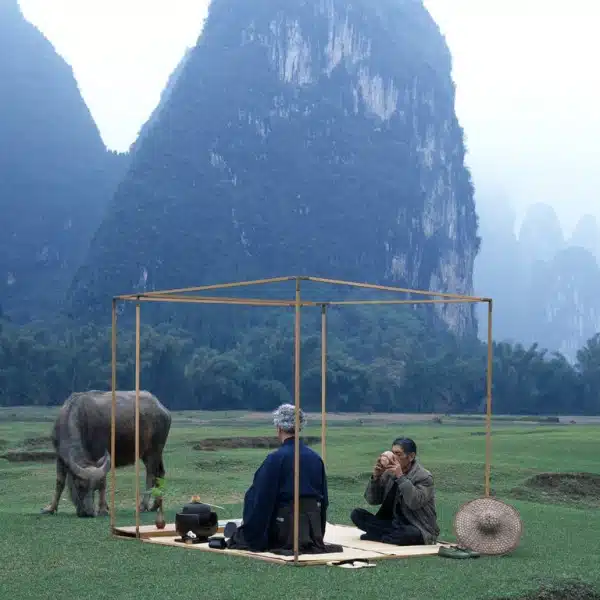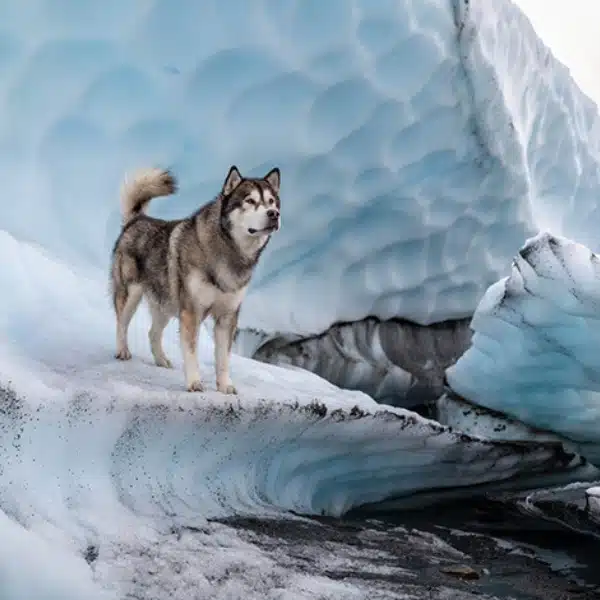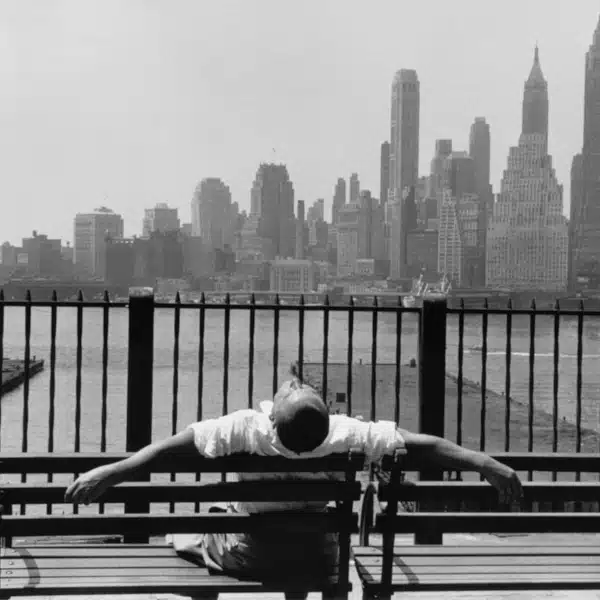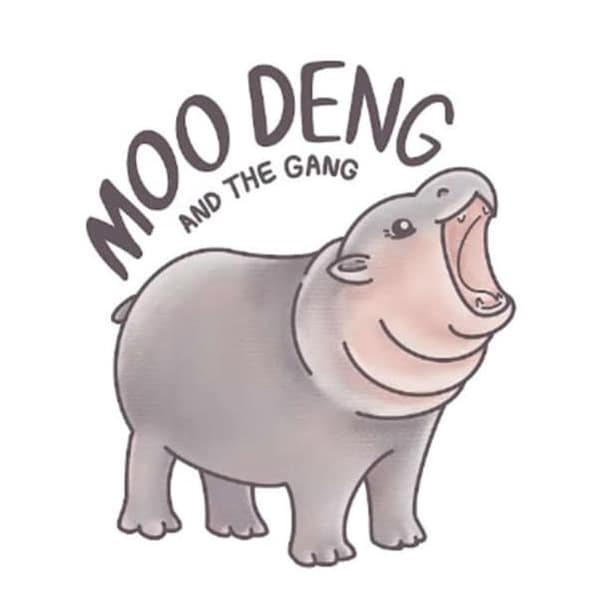
Bull elk
Montana-based wildlife photographer Tom Murphy has spent decades capturing the dynamic beauty of animals. Highly influenced by his time growing on a cattle ranch in South Dakota, Murphy is no stranger to hard work and dedication. This has led him to Antarctica, Africa, and—most frequently—Yellowstone National Park, where he braves all weather conditions to paint a full picture of life in the wild.
This tenacity—and his keen eye for animal behavior—has caused his work to be featured in National Geographic, Life, Architectural Digest, and Newsweek, among other publications. Since the 1980s, he's shared his passion for wildlife photography with others, leading photography expeditions through Yellowstone and other exotic locations. It's during these journeys that the self-taught photographer is able to instill the same respect he has for animals in others, teaching them to sit back and observe rather than force a photograph.
Particularly interesting are Murphy's photographs of animals during the throes of winter. Unafraid to stay with these animals even in extreme temperatures, Murphy's revealing vision of how moose, elk, bears, and fox survive the elements allows us to see their will to survive. Through his numerous books, calendars, and prints, Murphy lets us bring a piece of nature home and marvel at the results of his 40-year passion.
We had the chance to speak with Murphy about how he started his career, what inspires him, and what he feels most people misunderstand when it comes to animal behavior. Read on for our exclusive interview.
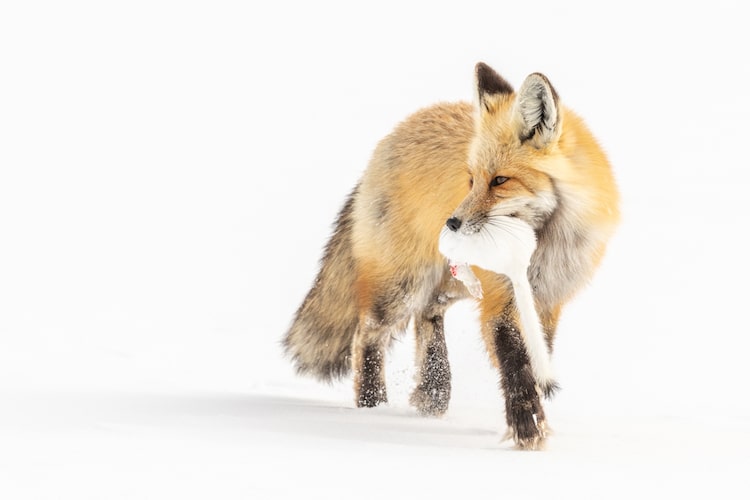
Red fox
How did your childhood growing up on a cattle ranch influence your current career?
Having grown up on a cattle ranch, living and working there for twenty years, I was required to learn and perform all the tasks necessary to operate a successful beef cattle operation. The ranch is 7,500 acres of native grassland located in the central part of western South Dakota. The mid-continental weather is hot, over 100°F in the summer, and cold in the winter, usually with several weeks of 20° to 40° below zero temperatures. The wind blows there at least 300 days of the year. I learned to not only tolerate extreme weather conditions, but also to work in them. I walked in blizzard conditions when engines would not start and it was too cold to sit on top of a horse.
My goal in wildlife photography is to illustrate and tell the stories of wild creatures. The limiting season for animals is the winter. To tell the complete stories of animals’ lives I need to tell their winter stories. Therefore, I had to not only see them in the winter, but also to live out there with them to some extent. My ranch experiences allow me to safely, competently, and truthfully observe and understand at least some of what they were doing.
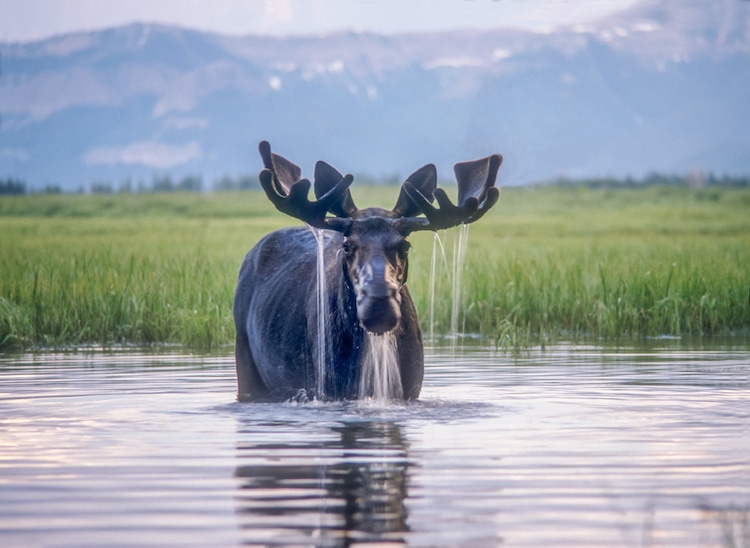
Moose feeding along Beaverdam Creek
What caused you to fall in love with photography?
I recognized that photography could be a means to show others the beautiful, wondrous things I saw. I am completely self-taught and struggled on my own to make sense of things like depth of field and to learn why it is important to utilize that tool in every composition. I continue to love the challenge of making a meaningful photograph that gives others a glimpse into the lives of wild creatures and wild land. There are beautiful possibilities all around us all the time, so I will never be done looking.
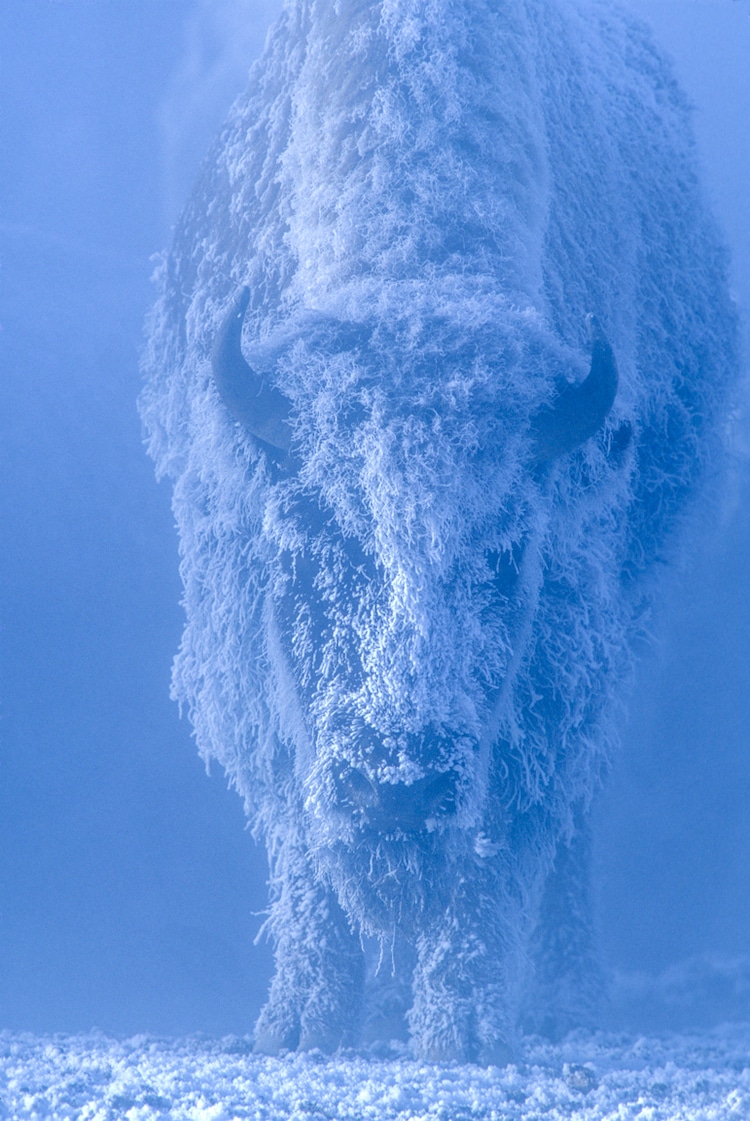
Female bison on a winter morning
Can you share the story behind your image of a female bison covered in snow?
It was a clear morning and 30° below zero Fahrenheit. I got up at daylight and went out on foot, knowing things could be covered with hoar frost: twigs, grass, and animals. This cow bison was standing patiently in the extreme cold, quietly waiting for the temperature to warm a little before walking off to find breakfast. She did not shiver, she did not shift her weight or even turn her head for the twenty minutes that I watched and admired her stoicism.
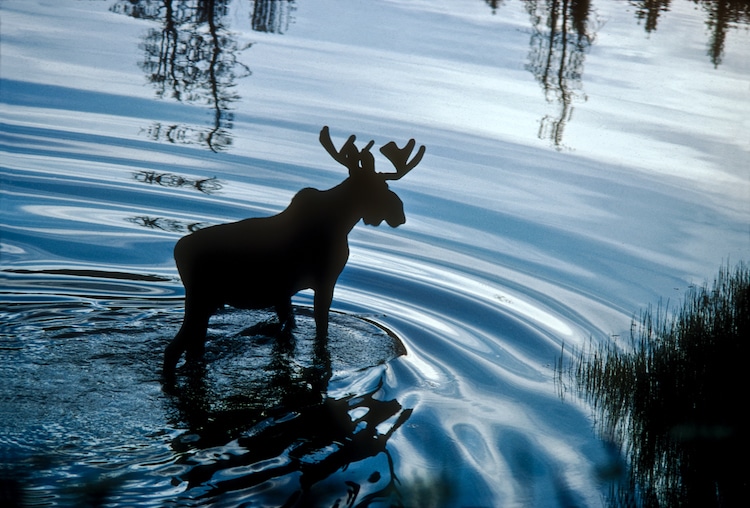
Bull moose along the shores of Yellowstone Lake.
You spend a lot of time in Yellowstone National Park. What makes it such a magical place for wildlife photography?
Yellowstone contains most, if not all, of the wild creatures that have been native to that ecosystem for the last thousand years. Most of the Yellowstone, in spite of over 450 miles of roads strung around it, is de facto wilderness. The land and the creatures from microscopic cyanobacteria to bison, bear, and moose still live out their lives mostly unimpacted [sic] (unaffected) by us modern humans, so I have the opportunity to see and photograph this flourishing, healthy, and unique remnant of the wild earth.
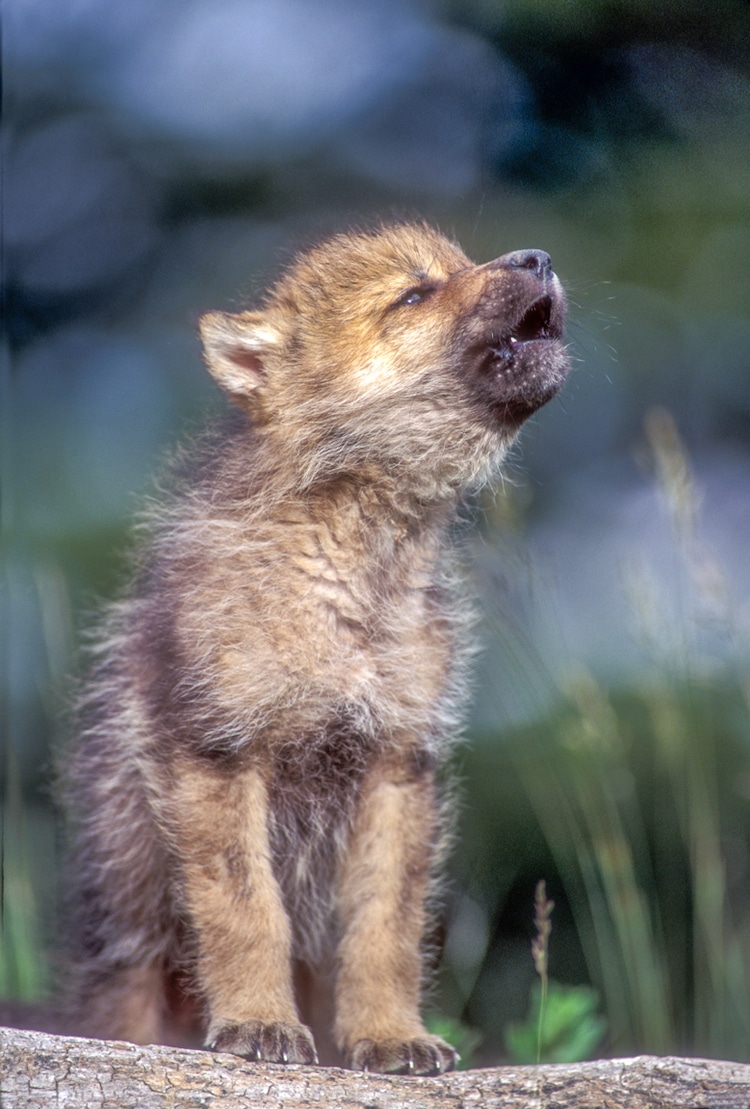
Howling wolf pup
You've been leading photography expeditions since 1986. What do you enjoy most about the teaching process?
I love showing Yellowstone to like-minded people who are looking for natural beauty. I have studied and observed the stability, the dynamic changes, the regrowths, the reintroductions, and the recoveries and look forward to continuing to learn about this place myself and to try to encourage others to see that too.
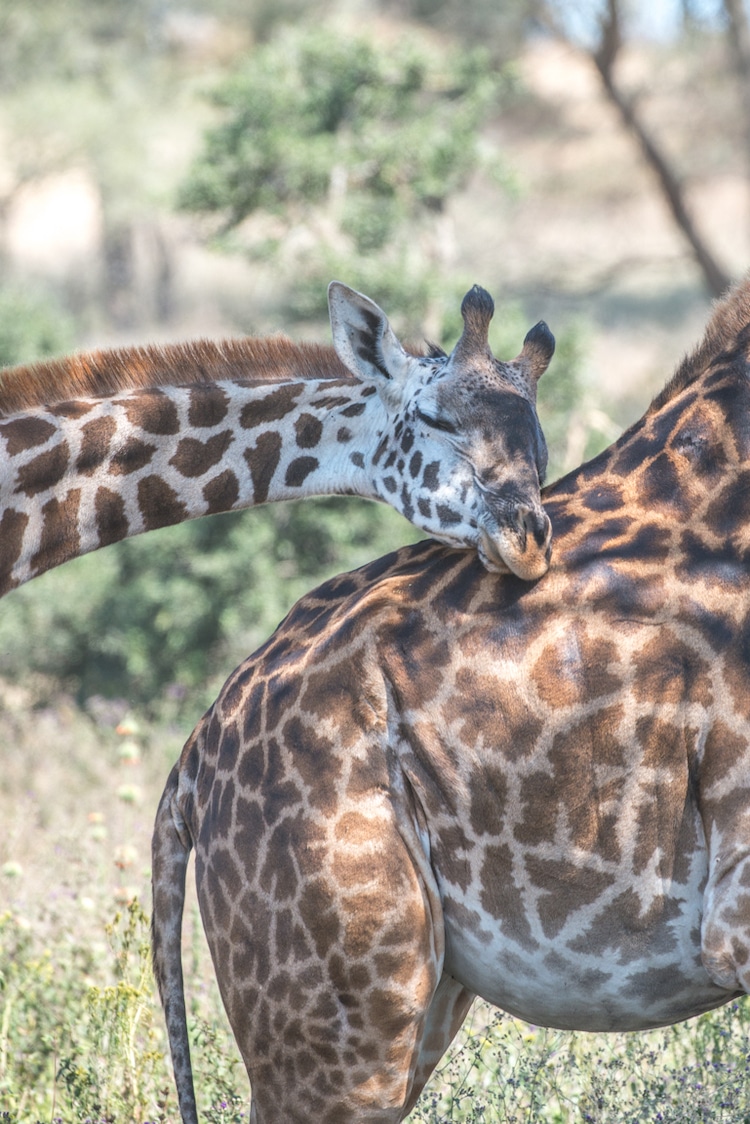
Giraffe resting on a friend
Is there a dream scenario that you'd love to photograph but haven't yet gotten the opportunity to?
My dream scenario is any small or large story of a wild creature’s life. Every day that I am out there, I see something there that I have never seen before. Sometimes I can make a photograph of that story that gives a hint of their bigger life story, and sometimes I enjoy the experience and the new knowledge without making a photograph at all.

King penguin colony
What is something about animal behavior that you think the public misunderstands?
The main misunderstanding I observe in other’s time around animals is their perception that the animal is there for them. They think an animal is posing, they shout or clap to get an animal to look at them or they are offended when an animal turns its back on them and walks away. I consider myself a guest in their living room or dining room and try to behave like I would want someone to behave in my personal space.
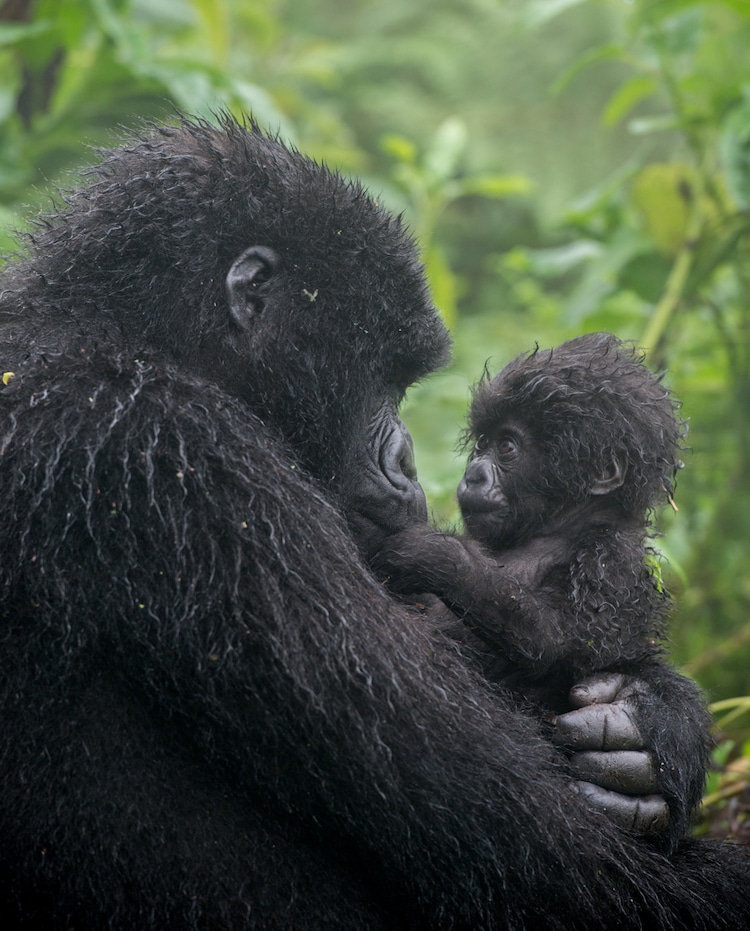
Mountain gorilla looking at a baby
What's your best advice for people who are looking to get started in wildlife photography?
The best way to learn wildlife behavior is by just watching them without a camera. Where are they moving to and why? What reactions are triggered in them by weather, predators, time of day, noises, natural or unusual events? Which way will they likely travel across a landscape, relative to the wind, geomorphology, vegetation, snow cover, streams, the location of other creatures like or unlike them?
There are dozens of factors in any single instance. Let them go, leave them alone to make their own choices and you will regularly be rewarded with the privilege of witnessing segments of wild nature that will enrich your own life and help you understand your own place on this fragile, complex, amazing tiny earth.
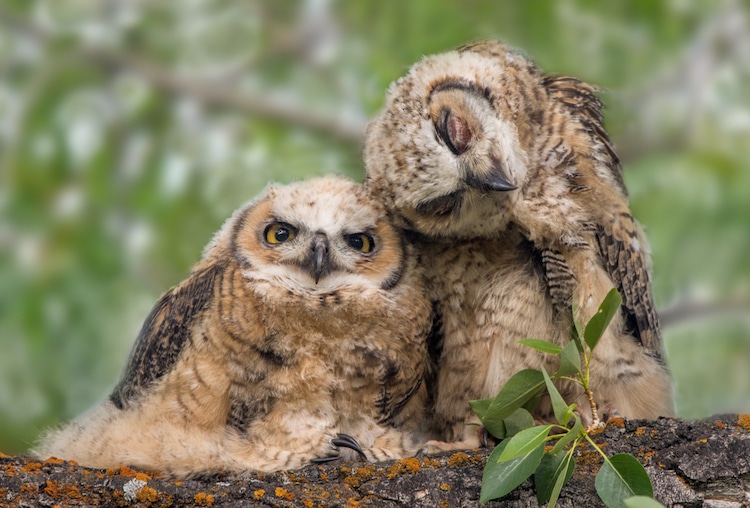
Great Horned Owlets Cuddling
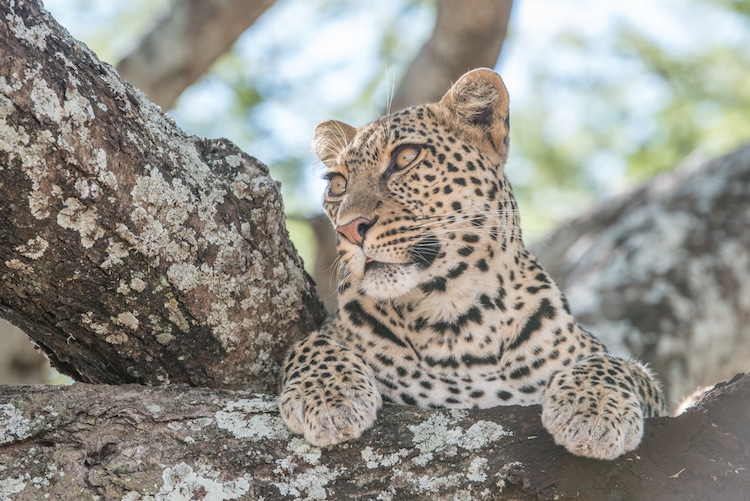
Leopard in a tree

Short-Tailed Weasel

Harp seal sleeping on ice
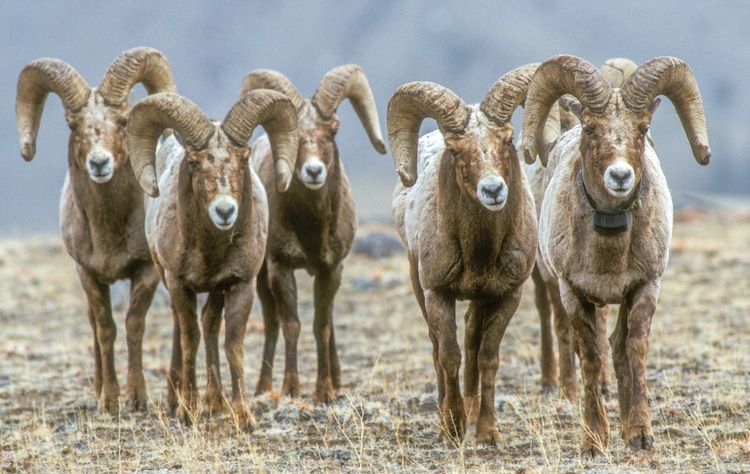
Bighorn rams
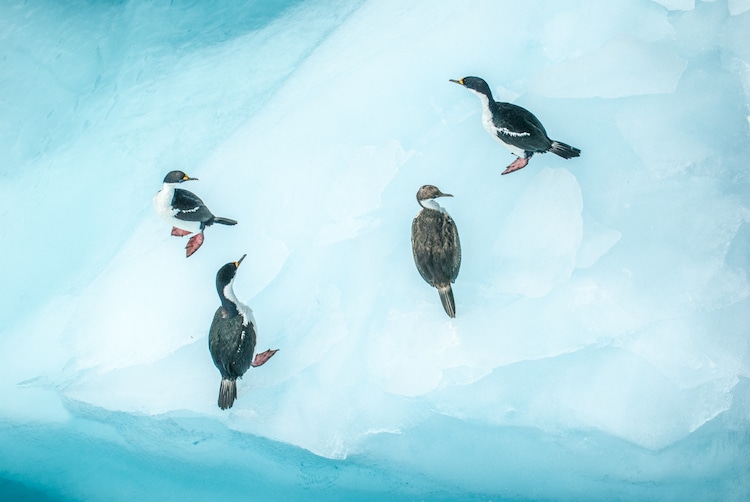
Antarctic birds (Blue-eyed shags) on sea ice

Wolf walking

Sleeping polar bear
Tom Murphy: Website | Facebook
My Modern Met granted permission to feature photos by Tom Murphy.
Related Articles:
Wildlife Photographer Captures the Last Photos of the “Queen of Elephants”
Woman Leaves Behind Her Office Job to Become Accomplished Wildlife Photographer
Interview: Up and Coming Wildlife Photographer Captures the Spirit of the Natural World
Photographer Spends Years Capturing Incredible Up-Close Photos of Brown Bears












































































